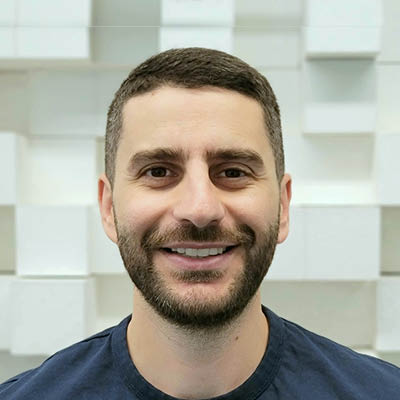What you will learn
- How can we benefit from the clients’ reported defects to strengthen our test suites?
- How can QA Engineers drive a productive communication with PMs and developers?
- How can we select the right testing level and technique for our test case scenarios?
Session Details
- Introductory
- 45 Minutes
- Includes 15mins Q&A
- Techniques & Types of Testing
In this video, Rawad Mansour explains more about his talk, ‘Defects Don’t Kill You; They Make You Stronger’.
We look forward to welcoming you to EuroSTAR 2022.
Session Speaker

Rawad Mansour
QA Operational Manager – Murex Systems, Lebanon
Rawad is a Quality Assurance Manager at Murex with more than 10 years of experience in software testing, specialising in Bonds and Curves solutions on a capital market platform. He is currently in the role of “Test Lead” in one of the major trains as part of Murex Agile transformation.
For the past few years, Rawad has been focusing on implementing and promoting a new process for large scale management of clients’ reported defects in addition to many other projects like Configuration Management and Feedback Loop Optimisation.
Stay in the Loop
We want to ensure you never miss important announcements, updates and special offers from EuroSTAR.